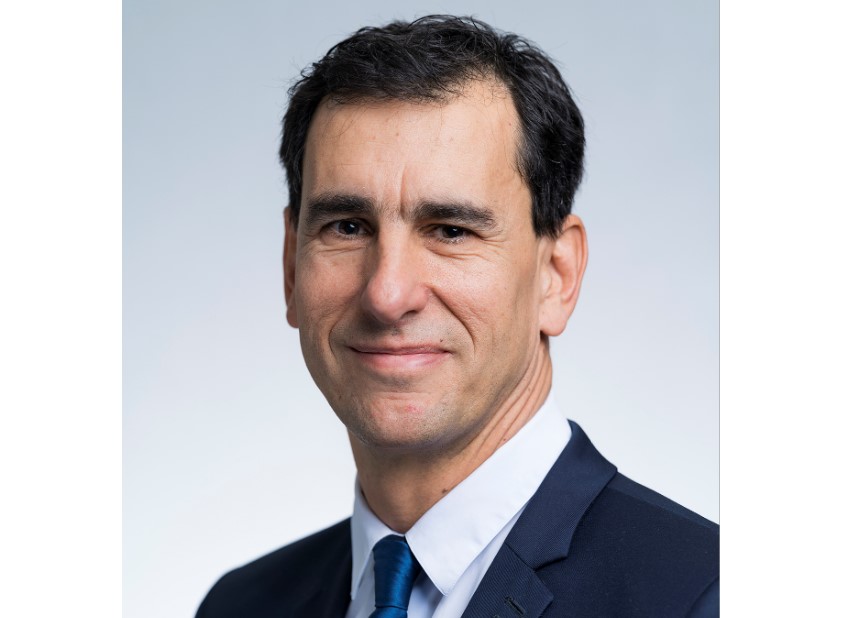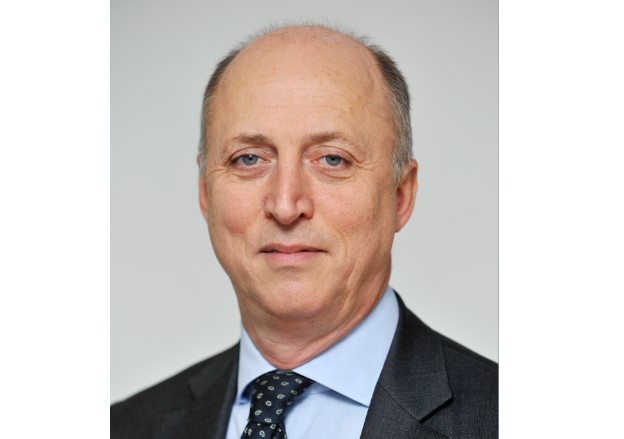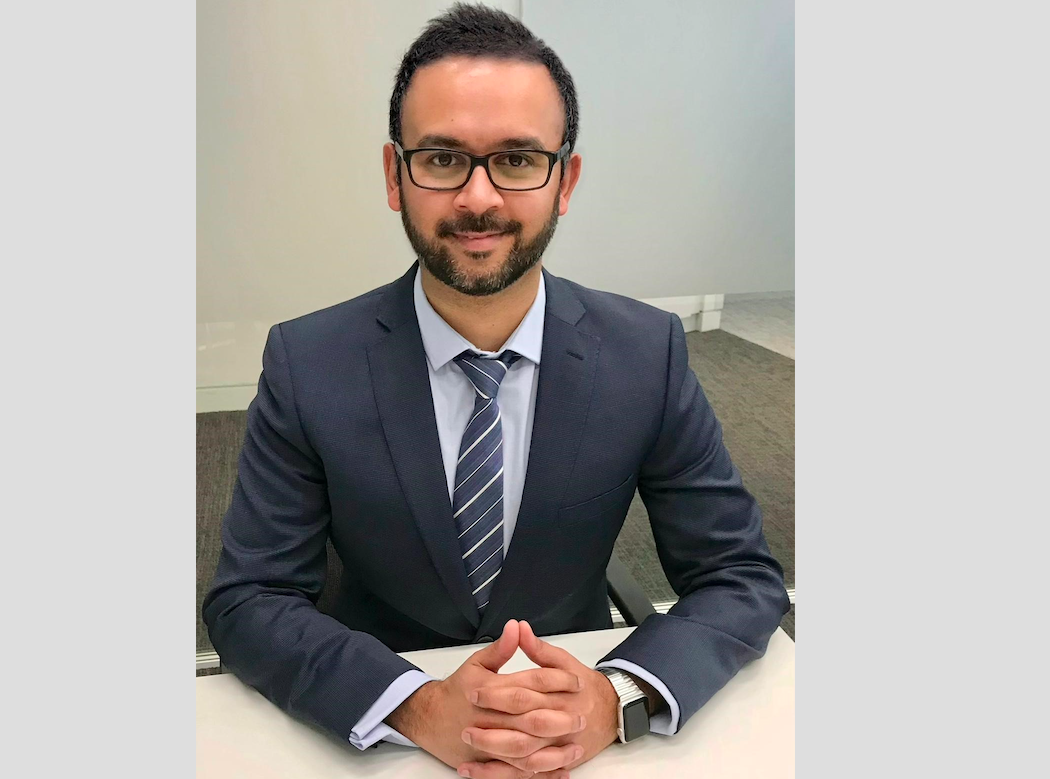United States Resumes its Role as the Engine of Global Economic Growth
| By IreneValiente | 0 Comentarios
The United States has resumed its role as the engine of global economic growth, points out Banque de Luxembourg Investments in its monthly analysis, “Highlights”. In the first quarter of 2021, US GDP grew at an annualised rate of 6.4% compared with the last quarter of 2020, thanks to strong fiscal support and the acceleration of the vaccination campaign.
“Household consumption and business investment both contributed to the improvement in economic activity. Net trade was the only drag on growth, since the increase in imports resulting from the acceleration of domestic demand was not matched by an improvement in exports, which even fell slightly”, says Guy Wagner, Chief Investment Officer and managing director of the asset management company.
In the Eurozone, GDP fell by 0.6% quarter-on-quarter, due to considerably more moderate fiscal stimulus and a less advanced vaccination campaign. In BLI’s view, the expected reopening of the European economies in the coming months should boost the recovery that began in the second half of 2020.
Meanwhile, in China, signs of the economic recovery weakening in February and March were confirmed with the publication of Q1 growth figures. However, “household consumption and business investment are expected to pick up again from the second quarter onwards, even though the monetary and fiscal support measures are much less generous in China than in the US” says Wagner. As for Japan, he believes that the current disruptions in global supply chains are preventing the export sector from reaping the full benefit of the mini boom in global manufacturing demand.
An unchanged monetary policy
As the bank expected, the Federal Open Market Committee left its monetary policy unchanged at its April meeting. The analysis reminds that Fed Chair Jerome Powell reiterated his view that the current pick-up in inflation is temporary, and that any hint of a slowdown in the Fed’s asset purchases would be premature despite signs of economic acceleration. “Only a change in long-term inflation expectations above the 2% target could trigger a shift in the FOMC’s attitude towards a less expansionary stance”, says Wagner. In Europe, the ECB opted for the status quo in terms of its anti-crisis toolkit, as expected. The significant increase in the pace of public and private debt buybacks decided in March is set to continue, he adds.
BLI’s analysis also shows that after rising since August 2020, US Treasury bond yields stabilised in April. In the Eurozone, long-term interest rates saw little change, with yield spreads between core and peripheral countries widening slightly after narrowing the previous month. After a strong rise in share prices in the first quarter, the equity markets continued their good run in April.
“Robust economic growth in the United States, the acceleration of the vaccination campaigns and the publication of excellent corporate results continue to provide a favourable climate for equities despite very high valuation levels“, states Wagner. He also highlights that sector divergences were less pronounced in April, with tech stocks regaining favour among investors as most of the sector’s leaders reported “spectacular results”. Meanwhile, oil stocks “levelled off after rising sharply in the first quarter,” he concludes.












